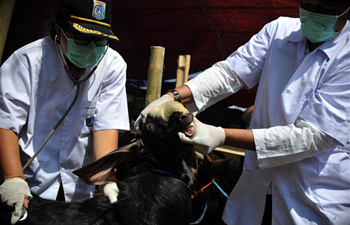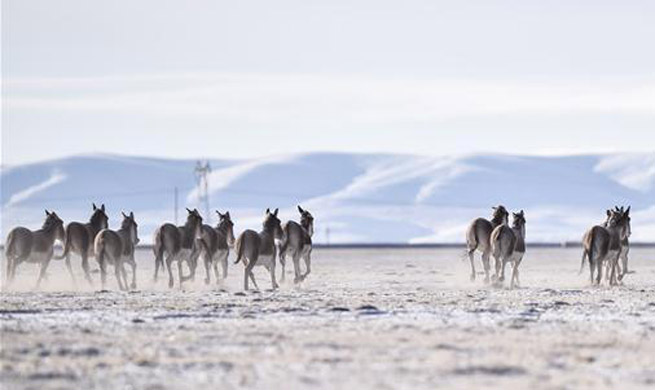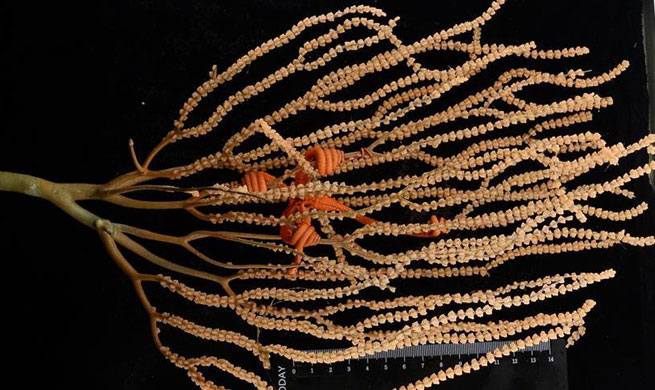SAN FRANCISCO, Aug. 24 (Xinhua) -- A new study suggests that the last ice age transition to a warmer climate some 11,500 years ago did not include a massive methane flux from marine sediments or the tundra.
Instead, according to authors of the study published this week in the journal Nature, the likely source of rising levels of atmospheric methane was tropical wetlands.
The findings address concerns that global warming may release huge stores of methane from reservoirs beneath Arctic tundra and deposits of marine hydrates, a theory known as the "clathrate gun" hypothesis.
Deemed as good news, however, the study also points at a larger role of humans in the recent methane rise, as it suggests that human emissions of geologic methane may be as much as 25 percent higher than previous estimates. Although not as abundant as carbon dioxide, methane is a much more powerful greenhouse gas and therefore the rising levels are an important contributor to global warming.
Anthropogenic methane emissions are the second largest contributor to global warming after carbon dioxide, but there has been uncertainty as to the source of that methane and whether it has changed over time, noted Edward Brook, an Oregon State University (OSU) paleoclimatologist and co-author of the study. The new study sheds light on the issue by analyzing levels of atmospheric methane from the last deglaciation in air bubbles that have been trapped in pristine ice cores from Antarctica's Taylor Glacier.
The key to documenting the source of atmospheric methane is the pristine ice cores of Taylor Glacier in Antarctica, where dry, windy conditions have allowed this ancient ice to be slowly brought to the surface.
Brook and Christo Buizert, an assistant professor at OSU and co-author of the paper, worked with other researchers to estimate the magnitude of methane emissions from roughly 11,500 years ago by measuring radioactive carbon isotopes in methane, namely carbon-14, also known as 14C or radiocarbon, which decay fairly rapidly. Methane released from those marine hydrates and permafrost is old enough that any 14C originally present has now decayed away.
They found that the amount of methane from ancient "14C-free sources" was very low - less than 10 percent of the total methane - during the entire range of sampling, from 11,800 to 11,300 years ago, suggesting that the increase in methane during the last deglaciation had another source - likely from tropical wetlands.
In comparison, atmospheric methane has increased from 750 parts per billion (ppb) in the year 1750 to more than 1,800 ppb today, mostly from anthropogenic sources, especially leakage from fossil fuel production, the creation of rice paddies and cattle ranching.
"A lot of people have painted the Arctic as a methane time bomb," Brook was quoted as explaining in a news release from OSU. "But this (study) shows that it may be more stable than we thought. Past performance isn't always a predictor of the future, but it is a good analog. We should be more concerned about anthropogenic sources of methane into the atmosphere, which continue to increase."

















